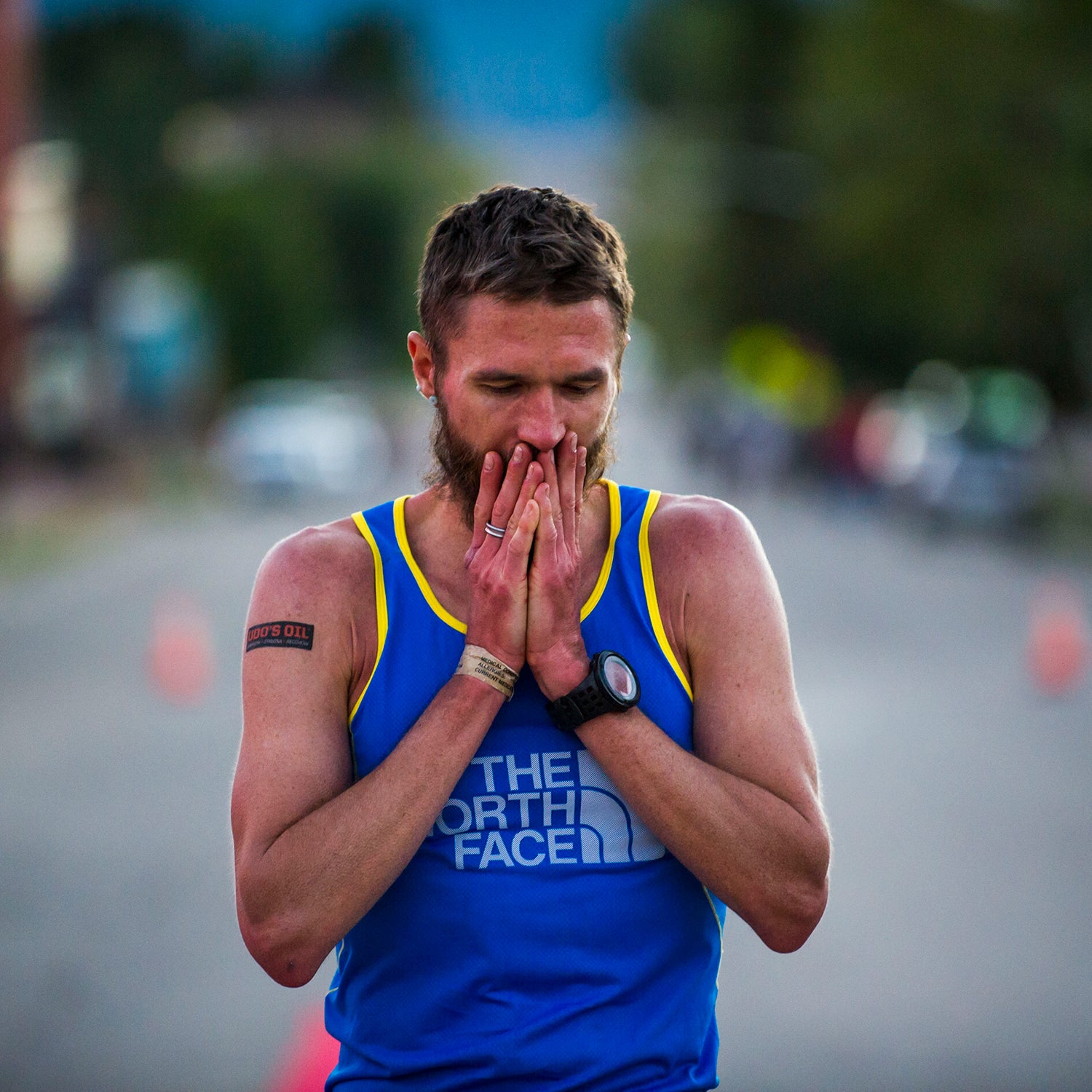An interesting footnote to the recent NBA playoff matchup between the Toronto Raptors and the Cleveland Cavaliers was that the series featured two players who have unintentionally emerged as for the league. It began during All-Star weekend in February, when Toronto guard DeMar DeRozan elicited widespread for a about his depression. Inspired by the candidness of his fellow hooper, Cleveland’s Kevin Love subsequently published a on the Player’s Tribune about suffering a mid-game panic attack. The article went viral, and Love in response. The NBA, perhaps feeling the pressure to issue a response of its own, recently announced that it would be creating a new position for a . The recent focus on psychological well-being feels like a welcome change of tack for the league.
One might wonder, however, why it’s still a big deal when two professional basketball players open up about an issue that affects in a country reputed to have the highest rate of antidepressant use in the world. Mental illness, it seems, is ubiquitous in America. But among the nation’s sporting elite, the subject still feels like a repressed secret.
“I think that’s the biggest burden on American sport culture,” says Brent Walker, an executive board member with the . “I’ve heard repeatedly from professional and elite athletes how they don’t want to admit having to having a weakness—mental [illness] being one of those.”
While it obviously isn’t only a burden in America, other countries seem to be doing more about it. Late last year, the was founded at the University of Ottawa, with the hope of “designing, implementing, and evaluating a novel mental health care model for Canadian competitive and high-performance athletes and coaches.” Meanwhile, in March, the British government’s Department for (DCMS) announced via that it would be implementing a Mental Health and Elite Sport Action Plan to “break down the stigma around mental health.” The move was partially inspired by a number of prominent British athletes, including former Team Sky cyclist , opening up about their struggles with depression. At its core, the initiative is a push to provide better resources for athletes by educating coaches and national governing body officials about the telltale signs of mental illness and by making psychological support more widely available.
What might “breaking down the stigma around mental health” look like in practice?
I put that question to Emma Boggis, one of the architects behind the British plan and chief executive of the . Boggis, whose organization works with national governing bodies to support both professional athletes and weekend hobbyists, cited a program by (essentially the UK equivalent of the USATF) called . The campaign asked running clubs throughout the country to designate mental health ambassadors as a point of contact for members who may be suffering from anxiety or depression. While #runandtalk is meant to help athletes at all levels (not only elites), it’s an example of how the national sporting infrastructure can be infused with a mental health agenda.
“We want the system to be requiring things,” Boggis says, explaining that an action plan ultimately has the best chance of succeeding when its components are mandated by government policy.
In this respect, the UK has a distinct advantage over the United States. Across the pond, it’s common for organizations like England Athletics to be government-funded—which is rather useful when the government is trying to enforce an idea like the Mental Health and Elite Sport Action Plan.
“It almost becomes a condition of onward funding that organizations demonstrate that they are taking mental health seriously and that they are doing some of the things set out,” Boggis says. “It’s what we might call a ‘stick approach.’ While that maybe isn’t the best motivation, you can see how, practically, it can be quite a strong motivation for some.”
The fragmented nature of the American athletic landscape poses a central challenge to tackling an issue like mental illness.
From an American perspective, the whole concept of the government providing more health resources for athletes might seem, well, foreign. Unlike many other countries, there is no sports ministry in the United States. (The is the closest thing we have, but its projects tend to fall more under the category of “”—that is, the practice of enlisting celebrity athletes to serve as cultural ambassadors abroad.) Instead, athlete health programs are provided, with varying degrees of effectiveness, by the individual leagues and governing bodies, like the NBA or . In theory, the absence of government bureaucracy could make these organizations more nimble in dealing with issues of mental illness, but only if they are willing to recognize these issues in the first place. If Kevin Love’s example is any indicator, some sports still have a ways to go—and not only the bastions of old-school machismo like pro football and basketball.
“Probably 75, 80, 90 percent of athletes coming off an Olympic Games go through some kind of post-Olympic depression. And that’s something we have to be able to figure out and help people get through,” Michael Phelps recently told David Axelrod in a .
“I’m somebody who’s gone through at least three or four major depression spells after games that, you know, I’ve put my life in danger.” Phelps added, before calling out the U.S. Olympic Committee (USOC) for not doing more to help Olympic athletes reenter civilian life. Given for not always providing Olympic athletes with the support they need—financial or otherwise—it’s encouraging that Phelps, arguably the most famous Olympian of all time, is putting pressure on the organization to do better.
Perhaps that’s what the American version of the “stick approach” to forcing better athlete care looks like: high-wattage megastars like Phelps using their clout to improve the status quo in their respective sports. But while the celebrity pulpit may be a useful way to get the ball rolling—after all, the UK action plan was also initiated thanks to some of pro-athlete depression—it’s up to the governing bodies to act.
Of course, these individual governing bodies are still going have vastly different resources at their disposal. And for certain sports, like ultrarunning, no governing body exists. The fragmented nature of the American athletic landscape poses a central challenge to tackling an issue like mental illness. It’s great that a billion-dollar league like the NBA has decided to hire a director of mental health and wellness or that the NCAA can offer support to collegiate athletes—but ultimately that’ll be of little use to the 24-year-old who wants to make it as a pro runner. This is the sort of person who would benefit greatly if something like the Canadian Centre for Mental Health and Sport existed on our side of the border.
“I think it has incredible potential,” , Canadian ultrarunner and mental health advocate, told me about the new initiative in his native country. Krar has lived in the United States since 1996; reflecting on the situation in his adopted home, he added, “So many semiprofessional athletes, they come out of college and they’re dead broke trying to make a living out of running. I’m sure there are a lot of younger athletes out there who don’t seek treatment just because they can’t afford it.”
This is a complicated issue, and it hardly seems irrelevant to this debate that Canada has universal health care while the United States does not. And even if it were feasible to replicate here, a top-down, far-reaching action plan like what we’re seeing in the UK may have its limitations. But the very existence of these initiatives implies that these countries are taking athlete mental health more seriously than before. It’s about time we followed their lead.


